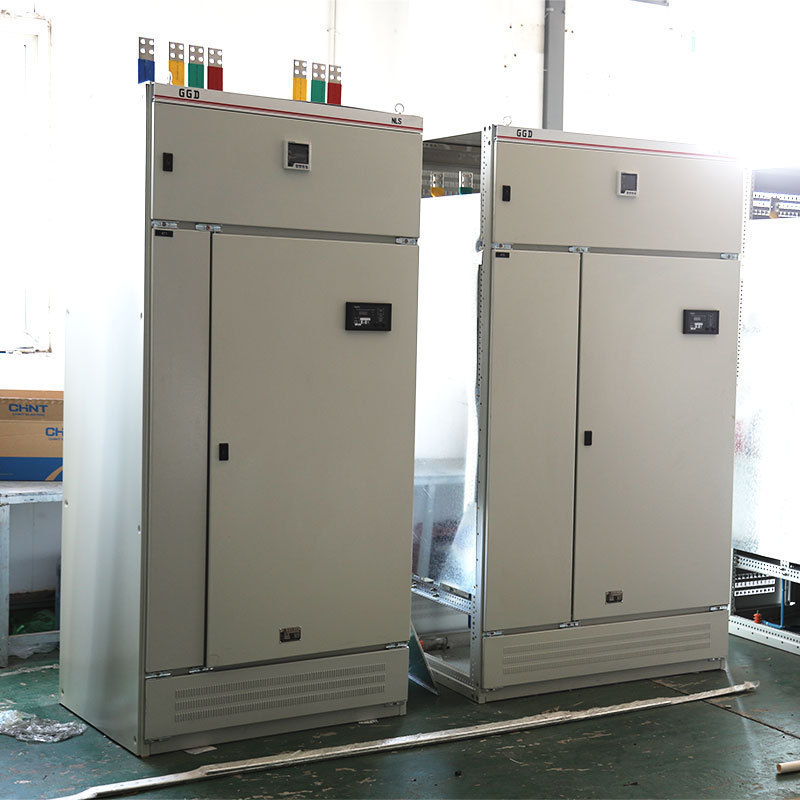What are the structural characteristics of air-type bus ducts?
Air-type bus ducts are suitable for AC three-phase four-wire, three-phase five-wire systems, with a frequency of 50 to 60Hz, a rated voltage of ~ 660V.
Air-type busbarThe channel is suitable for AC three-phase four-wire, three-phase five-wire systems, with a frequency of 50 ~ 60Hz, rated voltage ~ 660V, and rated working current of 250~6000A for power supply and distribution systems, mainly used in low-voltage distribution panels and connections for medium and large loads in modern factories, plants, and high-rise buildings.
1. Conductor
The busbar conductor of the air-type busway is made of high-purity electrolytic copper, with the entire length of the conductor surface tin-plated to enhance its resistance to oxidation and corrosion. After processing, it is treated with heat-shrink PVC tubing to separate the upper dry and ground surface insulation, providing double insulation protection for the copper busbar, significantly improving insulation performance, and sealed within a grounded metal shell.

2. Shell
Made of high-quality high-strength cold-rolled steel, the structure is wrinkled through repeated cold rolling, which not only looks aesthetically pleasing but also greatly enhances mechanical strength and the dynamic thermal stability of the system, completely solving the problem of large-span installation on construction sites.
3. Socket
The socket is designed with a protective flap that can only be accessed when the flap is opened, effectively preventing dust and foreign objects from entering the socket, enhancing the protection of the air-type busway, preventing faults, and significantly improving safety.
Structural features of the air-type busway
It adopts a butt joint installation method, which is very convenient and flexible during installation, greatly saving installation time. It uses a separated air insulation method to improve the heating characteristics of the busway and reduce impedance. The internal insulating material is made of high-strength epoxy resin, enhancing the frost resistance and thermal stability of the air-type busway. All current ratings of the air-type busway use a unified cover, with a high degree of standardization, strong interchangeability, and convenient capacity interfaces. By classifying through pinholes, the cable sheath can be removed to avoid the troubles of unsafe connections. If your product or equipment is replaced, the busbars can be reassembled and installed, with branches always reaching the desired position.
What are the differences between air-type busway and dense busway?
1. Insulating medium: The air busway has a certain gap between the copper bars, so the insulating medium is air; the insulating medium between the copper wires of the dense busway is organic insulating material.
2. Arrangement of copper bars: The copper wires of the air-type busway need to be separated, while the copper wires of the dense busway are closely connected. All copper bars are insulated, preventing short circuit issues.
3. Appearance: The air-type busway is generally uniform in thickness. The connector head of the dense busway is relatively large.
4. Usage: The air-type busway has better moisture-proof effects and can be used like an axis in humid environments. The dense type carries larger currents and is used in main lines such as bus connections.
5. Heat dissipation: The former dissipates heat mainly through convection between the air inside the tank and the outside air, with lower heating efficiency. The latter's heat sink (shell) is directly connected to the busbar, providing better cooling effects.
Related

